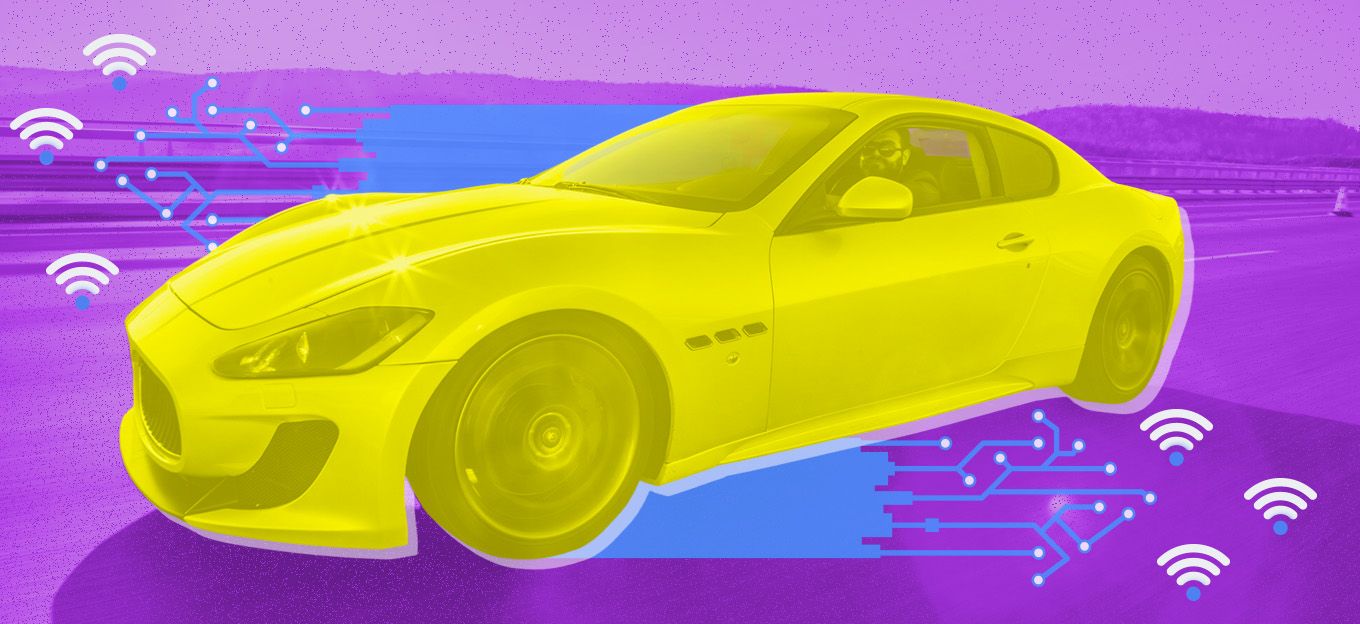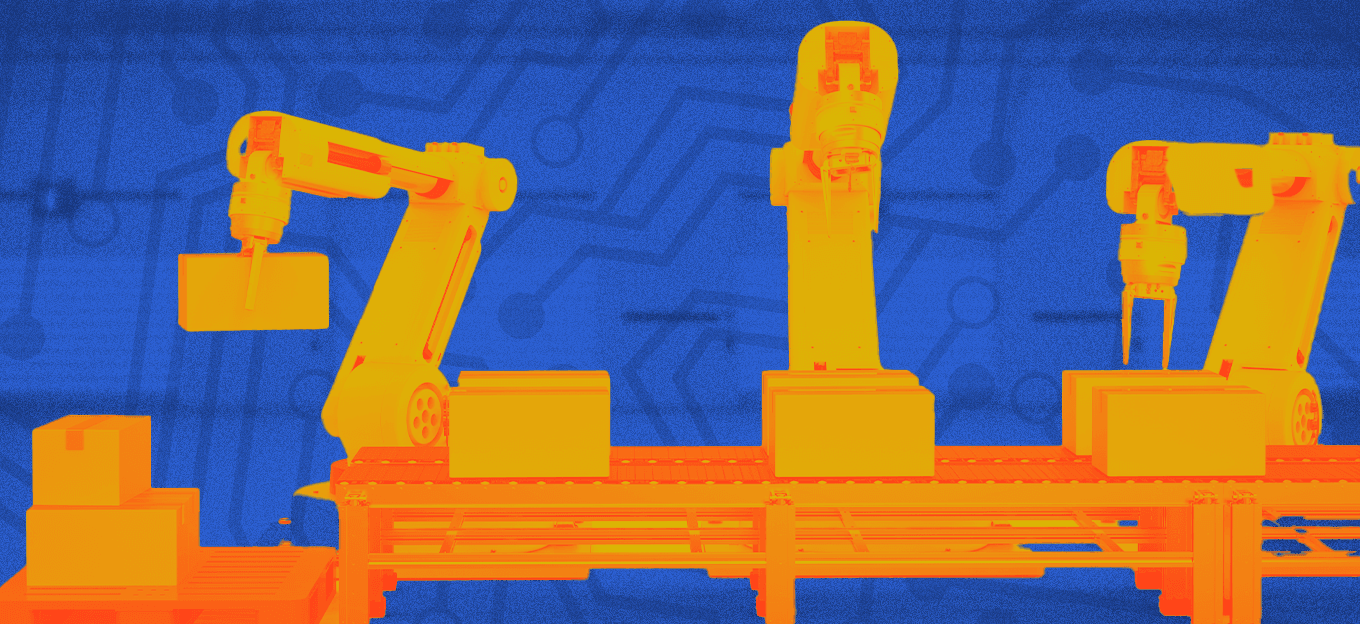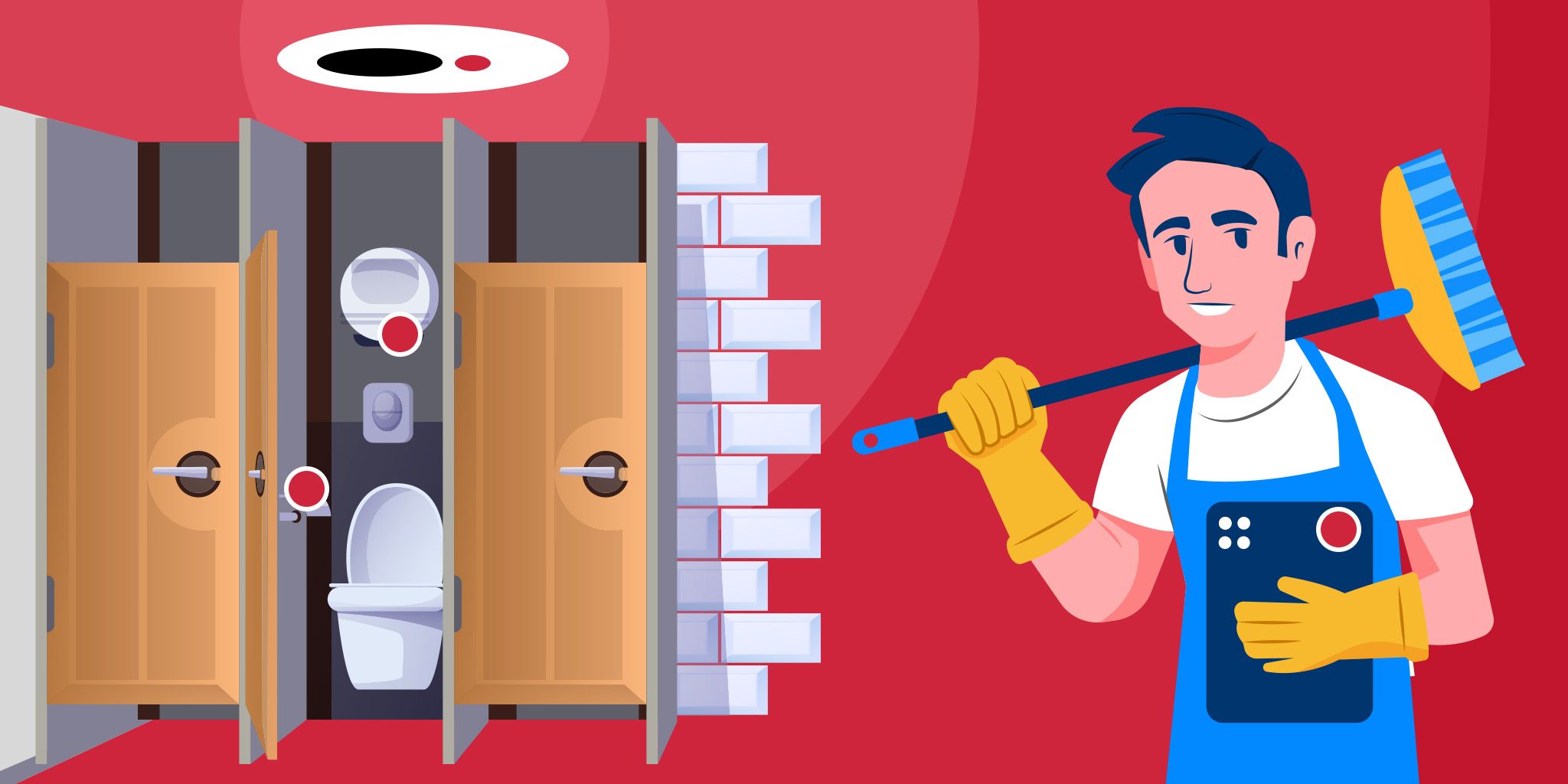Developing Secure and Interoperable IoT Solutions
Developing Secure and Interoperable IoT Solutions
- Last Updated: December 2, 2024
Guest Writer
- Last Updated: December 2, 2024



When it comes to developing for the Internet of Things, developers are often challenged by the complexity of creating both highly secure and interoperable solutions that today’s end users expect, while maintaining a certain level of innovation and creativity.
It just so happens that two of the biggest problems troubling IoT are security and incompatibility. The goals achieved by implementing IoT solutions are only achieved if the devices across different ecosystems work together—and they must do so securely.
A developer may create a solution for a particular ecosystem with uniquely defined ways of communicating or collecting information, but doing so limits their market potential and may block the more innovative aspects of their solution from coming to fruition. Developers can build support across multiple ecosystems; however, this complicates development, expands the code footprint, increases costs, and further complicates security.
Secure and Interoperable Solutions Help Create the True Vision of IoT
The continually shrinking cost of computing and connectivity means it’s now economically feasible to make just about anything part of IoT. But that’s not going to deliver the true vision of the IoT. It is vital that devices and sensors aren't just get connected, but that they can communicate! Considering this, how can developers achieve this balance of security and interoperability while maintaining true innovation in their IoT solutions?
[bctt tweet="Developers must achieve a balance between secure and interoperable solutions in order to drive scalable and enduring #innovation of #IoT." username="iotforall"]
Leverage Existing Open Source and Standard Language IoT Kits
It’s not always in a developer’s best interest to start from scratch, and that’s where common standards and open source toolkits are important.
Standards bring together a wide ecosystem of developers and resources to help create and deliver products that continue to make IoT a reality.
Always Conduct Solution Checks to Ensure Full Security
While open source tools and standard languages can help developers build very secure and interoperable solutions, they can only go so far. Developers should never assume that existing technology will fully protect their IoT creations, and must arm themselves with a complete and holistic view of their designs.
Here are two general recommendations:
- Clearly visualize what your IoT device should do – Well-designed products result from careful thinking. Don’t just think of your primary application. Think of what your product can do if it’s part of an ecosystem and can be used together with other products the customer already owns.
- Prototype and test – Your vision is not worth much if you can’t build what you’ve designed. Your first iteration will probably be bad. Build a second and a third. Rapid prototyping is key to seeing your ideas in action and generating new ideas. Prototypes also allow your potential customers to try the experience and give you real user feedback.
Getting to the prototype stage puts you well on your way, but there is still more to do to get a product to market. You will need a lot of testing and feedback. The true promise of the Internet of Things is similar to the promise of the internet itself: If you constrain your solution to a proprietary ecosystem, you can only address a limited subset of problems.
The internet only realized its potential when companies understood there was more value in interoperability between competitors than in protecting your own turf. The same is likely true with IoT. Interoperability is an opportunity, and security provides the protection you and your customers need.
Clarke Stevens, Chair, Data Model Tools Task Group, and Vice Chair, Data Modeling Work Group at the Open Connectivity Foundation.
The Most Comprehensive IoT Newsletter for Enterprises
Showcasing the highest-quality content, resources, news, and insights from the world of the Internet of Things. Subscribe to remain informed and up-to-date.
New Podcast Episode

How Drones and Telecom Enable Aerial IoT
Related Articles




